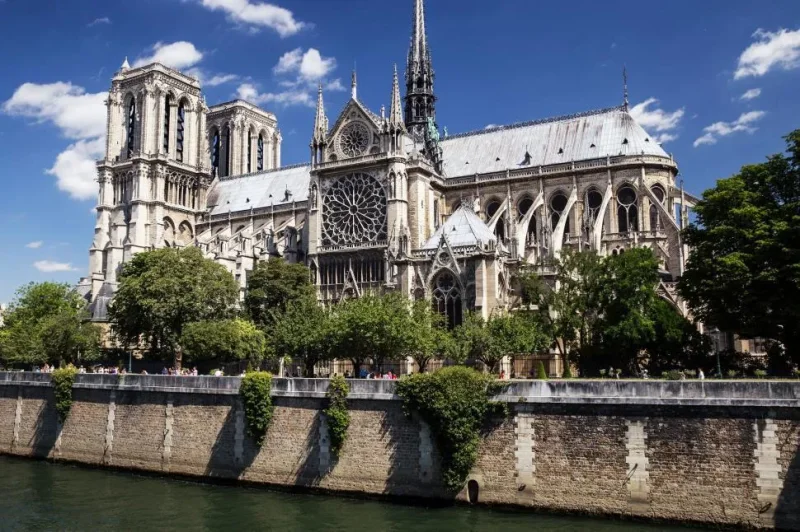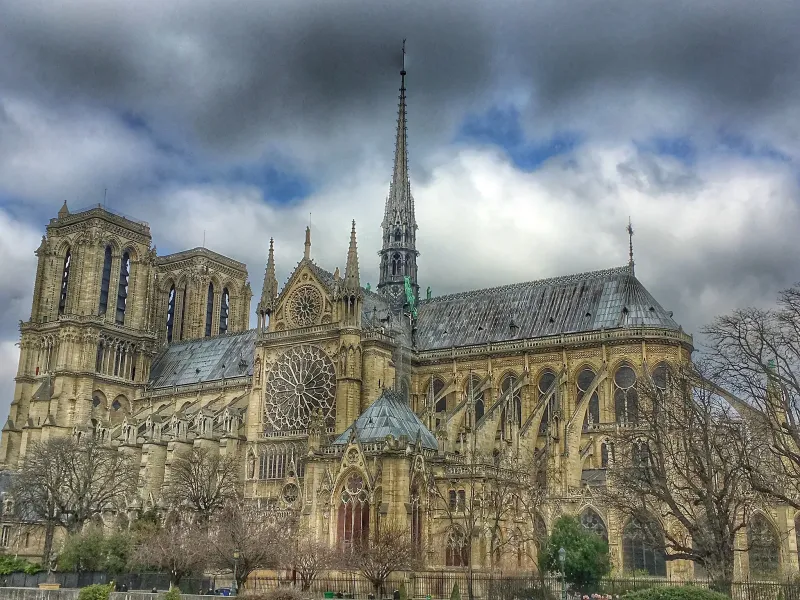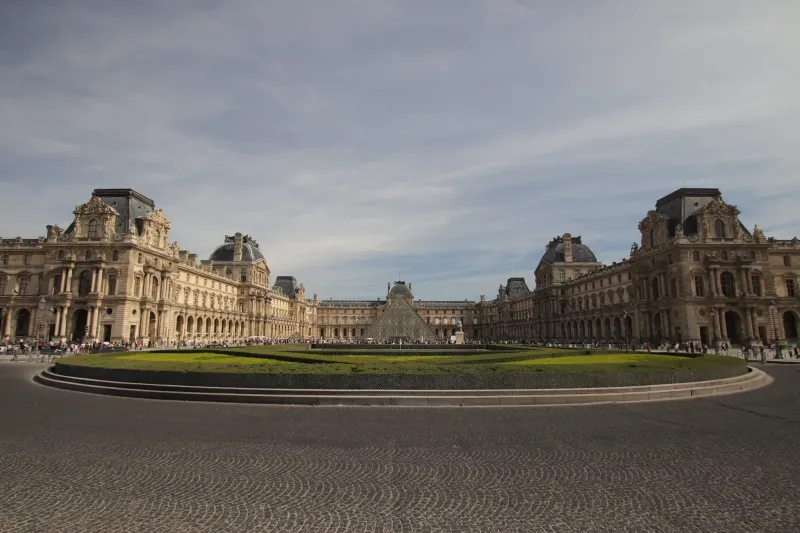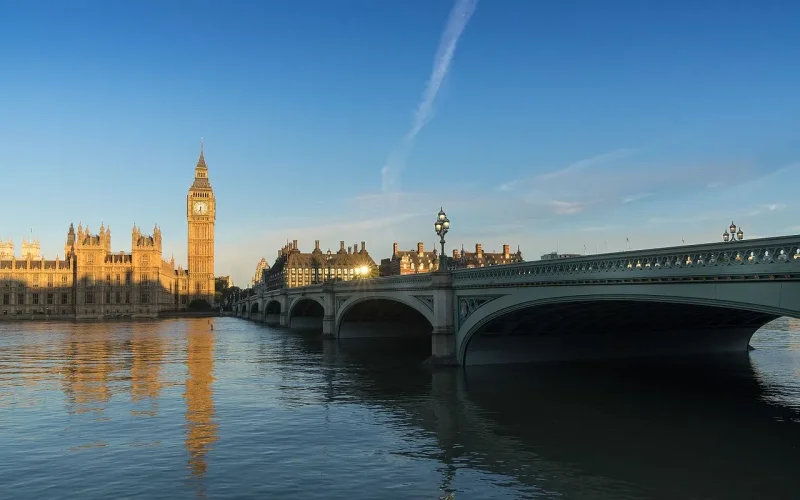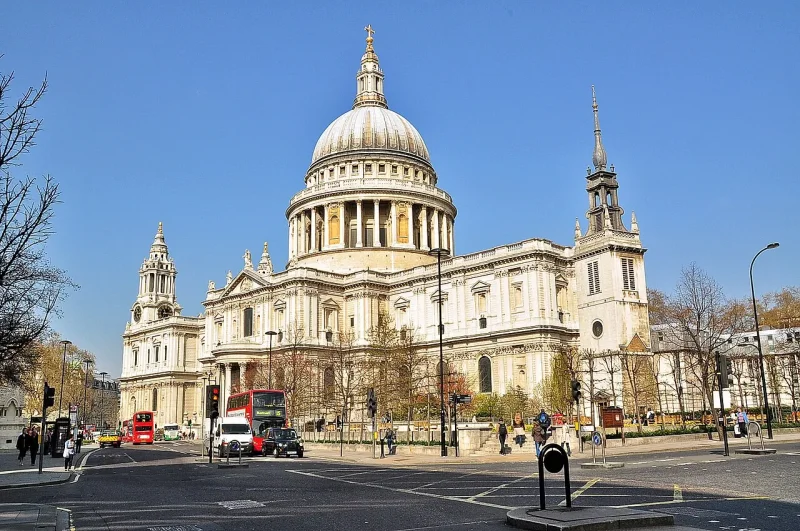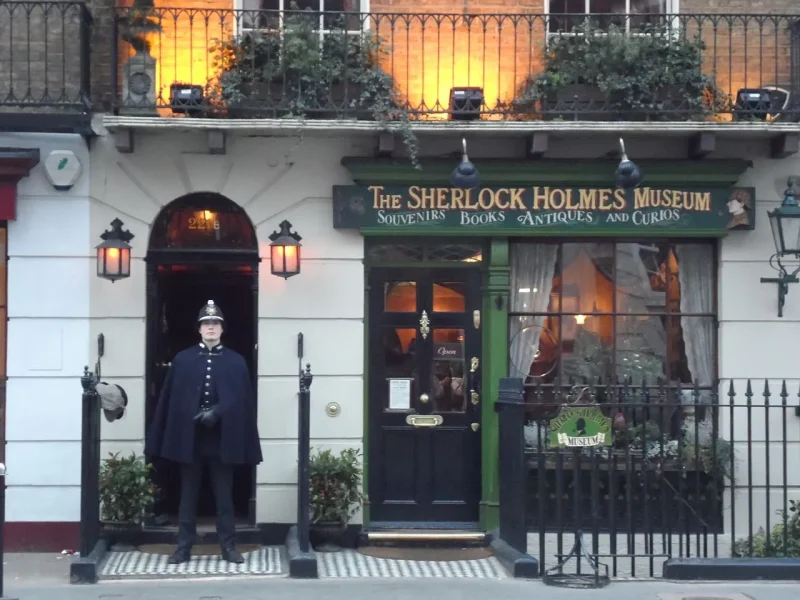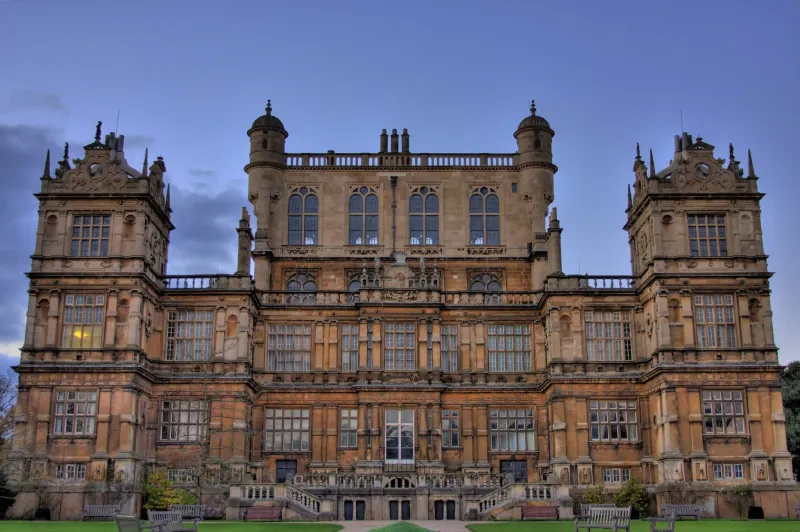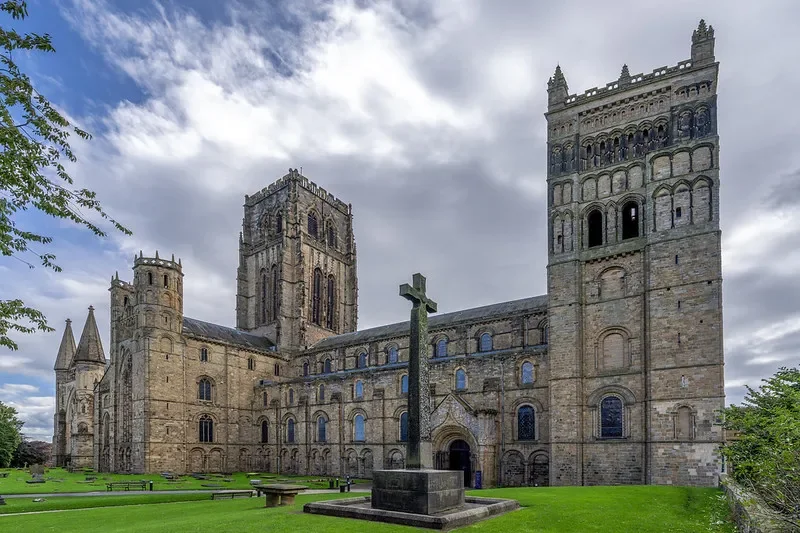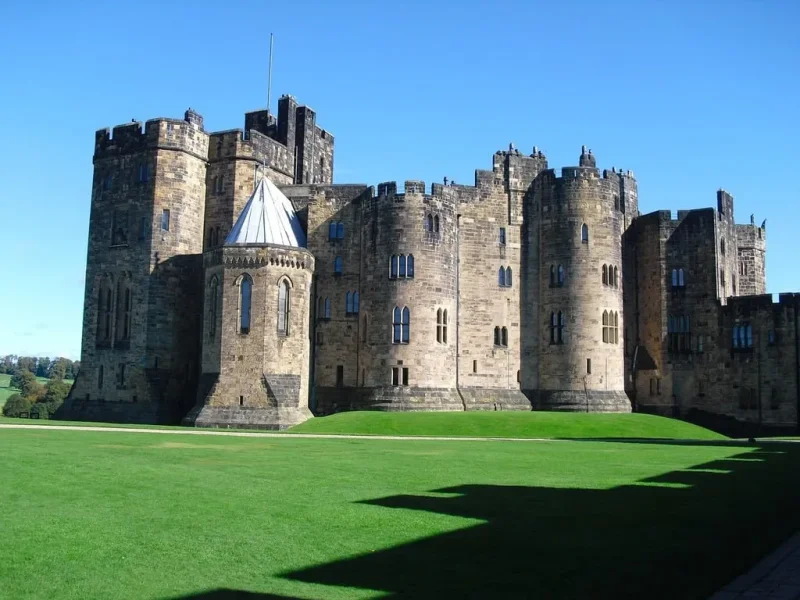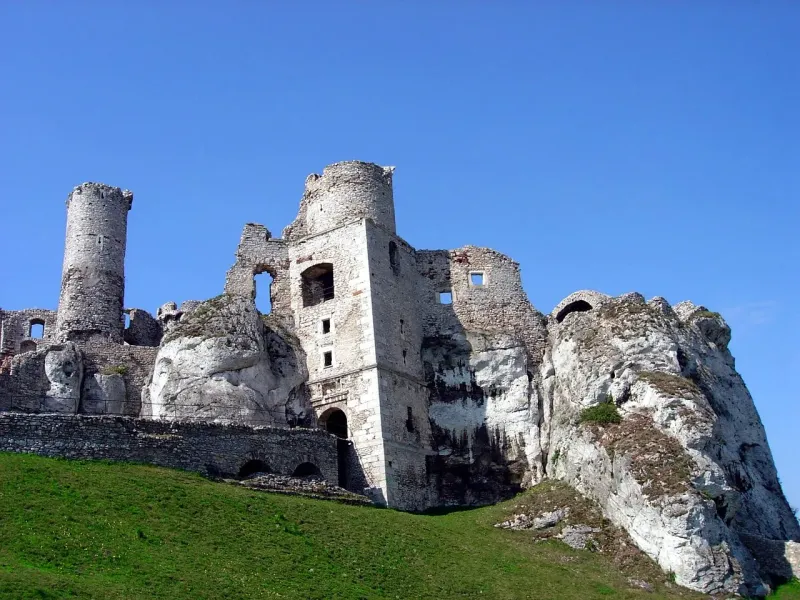Architectural Marvel
The Notre-Dame Cathedral in Paris is a stunning example of French Gothic architecture. Commissioned in the 12th century, it has been a symbol of cultural and religious significance for centuries. The cathedral's design is marked by its intricate stone carvings, flying buttresses, and towering spires. Its western facade is particularly notable for its three grand portals adorned with biblical scenes, showcasing the craftsmanship of medieval artisans.
The interior of Notre-Dame is equally breathtaking, with its vast nave and stunning rose windows. These stained glass masterpieces, particularly the North and South Rose Windows, are celebrated for their vibrant colors and intricate patterns. The cathedral's acoustics have also made it a sought-after venue for choral performances. Notre-Dame's organ, one of the largest in the world, adds to the cathedral's auditory splendor, enhancing the experience for visitors and worshippers alike.
Historical Significance
Notre-Dame has been at the heart of many significant historical events. It was the site of Napoleon Bonaparte's coronation as Emperor of France in 1804, a momentous occasion that solidified its status as a national symbol. During the French Revolution, though, the cathedral faced desecration; it was repurposed as a storage facility after many of its treasures were destroyed or stolen. Restoration efforts in the 19th century, led by architect Eugène Viollet-le-Duc, returned it to its former glory.
The cathedral also played a pivotal role in the liberation of Paris during World War II. In 1944, its bells tolled in celebration as the city was freed from German occupation, marking a poignant moment in French history. Notre-Dame continues to be a symbol of resilience and unity, drawing millions of visitors each year who come to appreciate its historical and cultural legacy.
Modern Challenges and Restoration
In April 2019, Notre-Dame faced a devastating fire that severely damaged its roof and spire. The incident was a stark reminder of the challenges historic structures face in the modern era. The global response was overwhelming, with donations pouring in for its restoration. The French government and international experts have since embarked on a meticulous reconstruction project, aiming to preserve its historical authenticity while incorporating modern safety measures.
The restoration of Notre-Dame is set to be a monumental task, with a projected completion date in the mid-2020s. The endeavor has sparked discussions about architectural conservation and the balance between preserving history and accommodating modern needs. As work progresses, the cathedral stands as a beacon of hope and resilience, symbolizing the enduring legacy of cultural heritage in the face of adversity. Visitors eagerly await its reopening, ready to once again experience its grandeur and spirituality.
